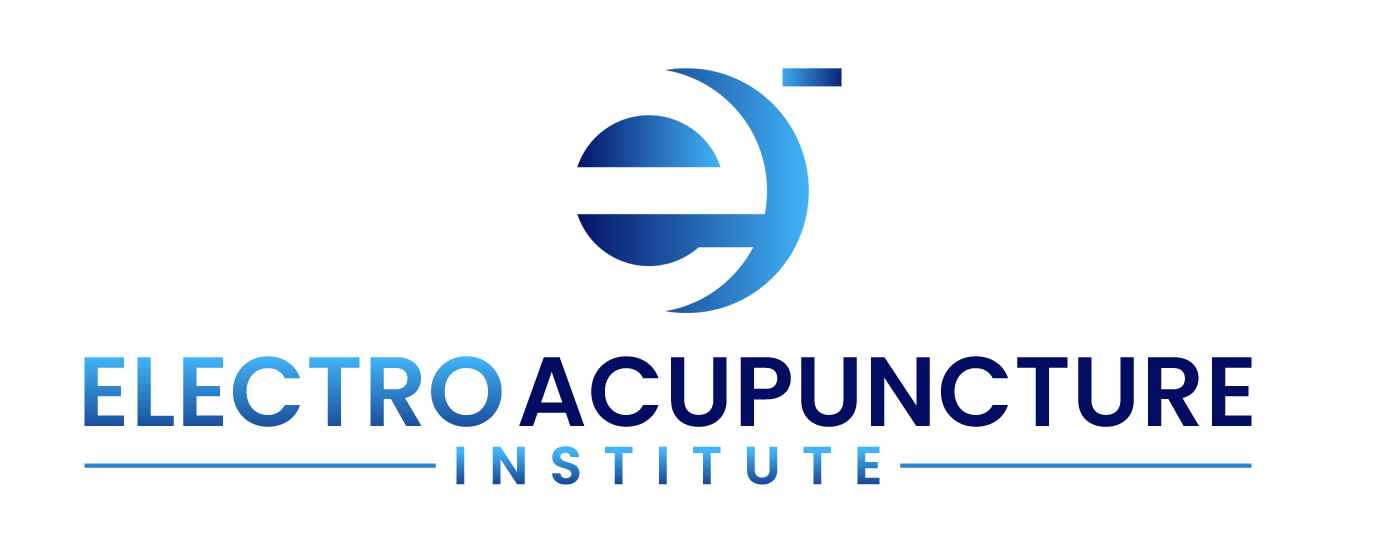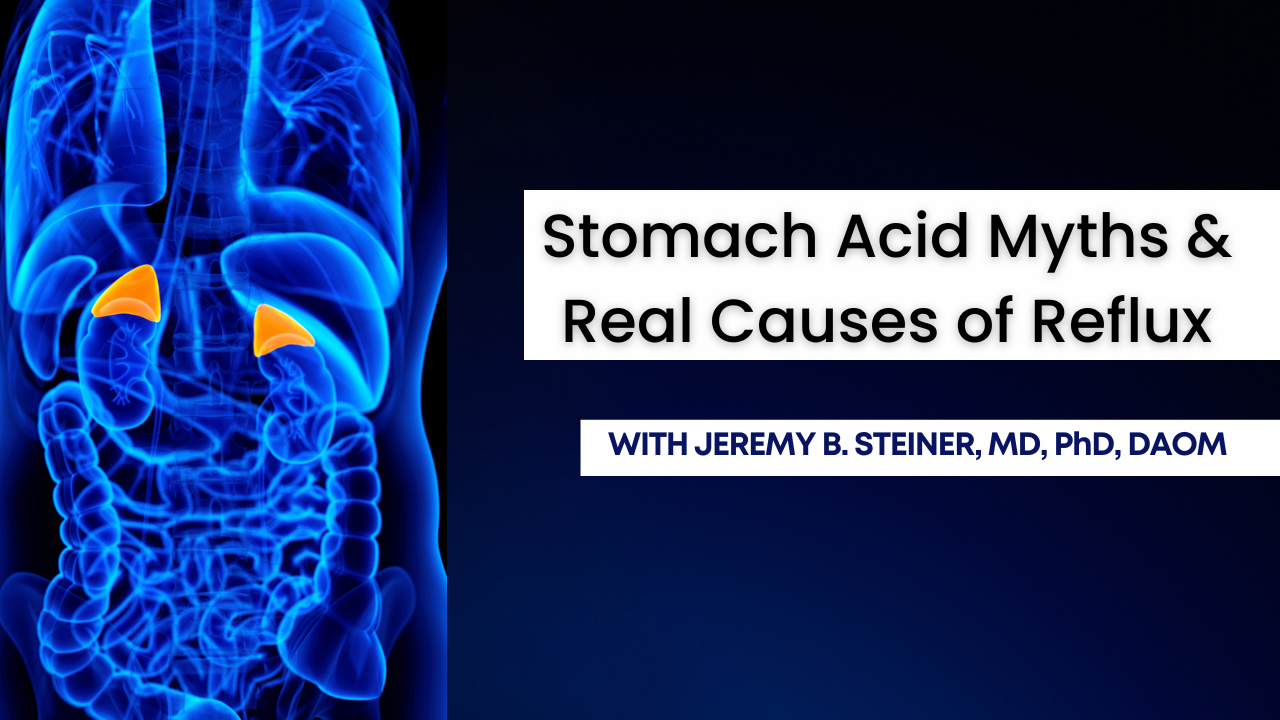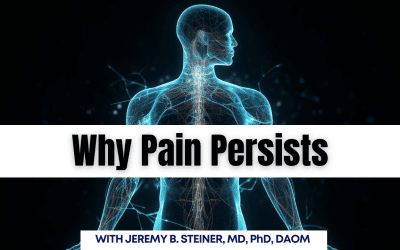What If Everything You’ve Been Told About Reflux Is Wrong?
In Western medicine, acid reflux is usually blamed on too much stomach acid. But what if the real problem is the opposite?
In this excerpt from one of Dr. Jeremy B. Steiner’s Electric Medicine Live training events, we explore how stomach pH, sodium bicarbonate, and neural control create a delicate digestive balance—and why disrupting that balance can lead to reflux, fatigue, and even emotional disorders.
(🎥 Watch the full video below, and stick around until the end for a free clinical resource.)
Download the Pancreas Point Protocol (T9) to master electrical diagnosis of metabolic collapse—so you can quickly identify and correct voltage deficiencies tied to digestion, energy, and blood sugar control.
The Stomach’s True Function: It’s Not Just About Acid
Most doctors are taught that the stomach’s primary job is to produce hydrochloric acid. But in reality, the stomach organ’s main function is to produce sodium bicarbonate (NaHCO₃)—a critical alkaline compound that helps balance systemic pH through venous return.
When the stomach pH rises above its ideal 1.9, neural signaling breaks down. The sphincter at the top of the stomach fails to close properly, allowing contents to escape upward. The result? That burning “acid reflux” feeling so many patients know all too well.
“When stomach pH is above 1.9, the sphincter doesn’t get the signal to close—contents can escape. That’s not excess acid. That’s insufficient acid.”
— Dr. Jeremy B. Steiner
Alkaline Foods, Acid Balance, and a Common Misunderstanding
It’s counterintuitive, but consuming overly alkaline foods—like baking soda or alkaline water—forces the stomach to produce more acid and more bicarbonate to restore proper pH.
Example:
-
A Coca-Cola (pH ~5.5) requires fewer acid molecules to drop to 1.9.
-
A baking soda solution (pH ~11) demands exponentially more acid and bicarbonate.
The stomach is constantly working to maintain that 1.9 balance. So when we “alkalize” too much, we can actually create internal chaos.
The Problem With PPIs (Proton Pump Inhibitors)
Medications like Omeprazole suppress stomach acid production. On the surface, that seems helpful—but when acid secretion stops, so does sodium bicarbonate production.
Without proper acid, digestion slows, proteins aren’t broken into amino acids, and precursors for neurotransmitters like serotonin, GABA, and beta-endorphins become deficient. Over time, this contributes to:
-
Fatigue and poor recovery
-
Anxiety and mood imbalances
-
Insomnia and PTSD-like symptoms
“When you stop acid, you stop digestion—and you stop the body’s ability to rebuild itself.”
— Dr. Jeremy B. Steiner
Neural Connections: The T8–T9 Link to the Stomach Organ
From an electroacupuncture perspective, the stomach organ corresponds to neural levels T8–T9.
Rectifying these segments can restore proper sphincter function and reestablish healthy digestive signaling.
Quick protocol:
-
Treat C2 or Gallbladder 20 for 20 minutes to help close the upper stomach sphincter.
-
Combine with T8–T9 regulation to restore stomach organ voltage and function.
This is especially useful when tapering patients off PPIs, ensuring the sphincter remains closed to prevent rebound reflux.
Clinical Insight: Keeping It Practical and Professional
Dr. Steiner reminds practitioners that these ideas often challenge mainstream medicine.
“Don’t throw it in people’s faces—verify it, test it, and use it clinically.”
In other words, stay curious, stay professional, and let results speak for themselves.
Free Clinical Resource
📘 Download the Pancreas Point Protocol (T9)
Learn how to locate and treat the T9 pancreas spinal nerve segment using auricular methods, voltage confirmation, and electrical restoration.
👉 Download the Pancreas Point Protocol (T9) (add your download link here)
This quick-start clinical guide helps practitioners identify and correct voltage deficiencies tied to digestion, energy, and blood sugar control.
Watch it on YouTube: https://youtu.be/0CfLPE6548E





